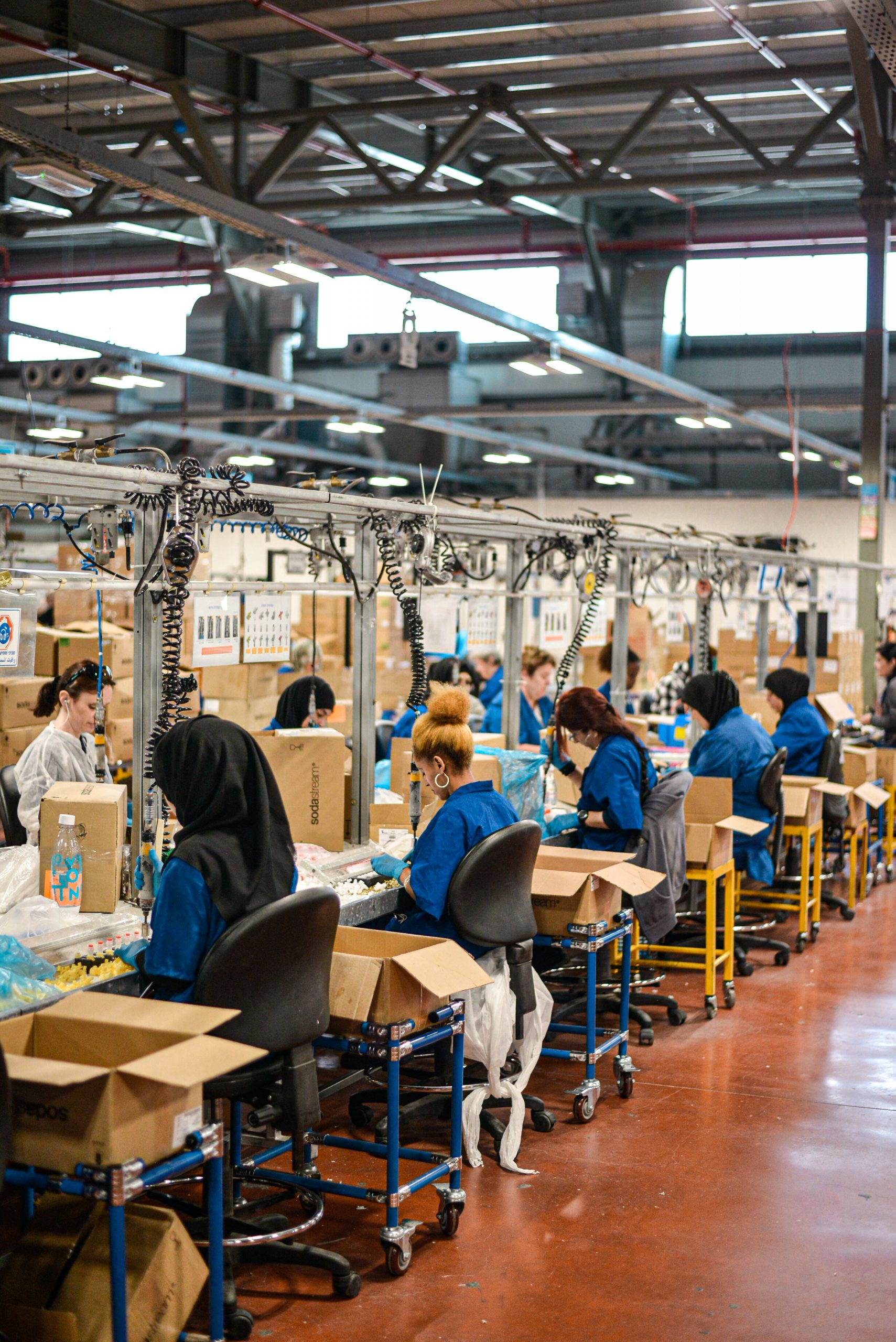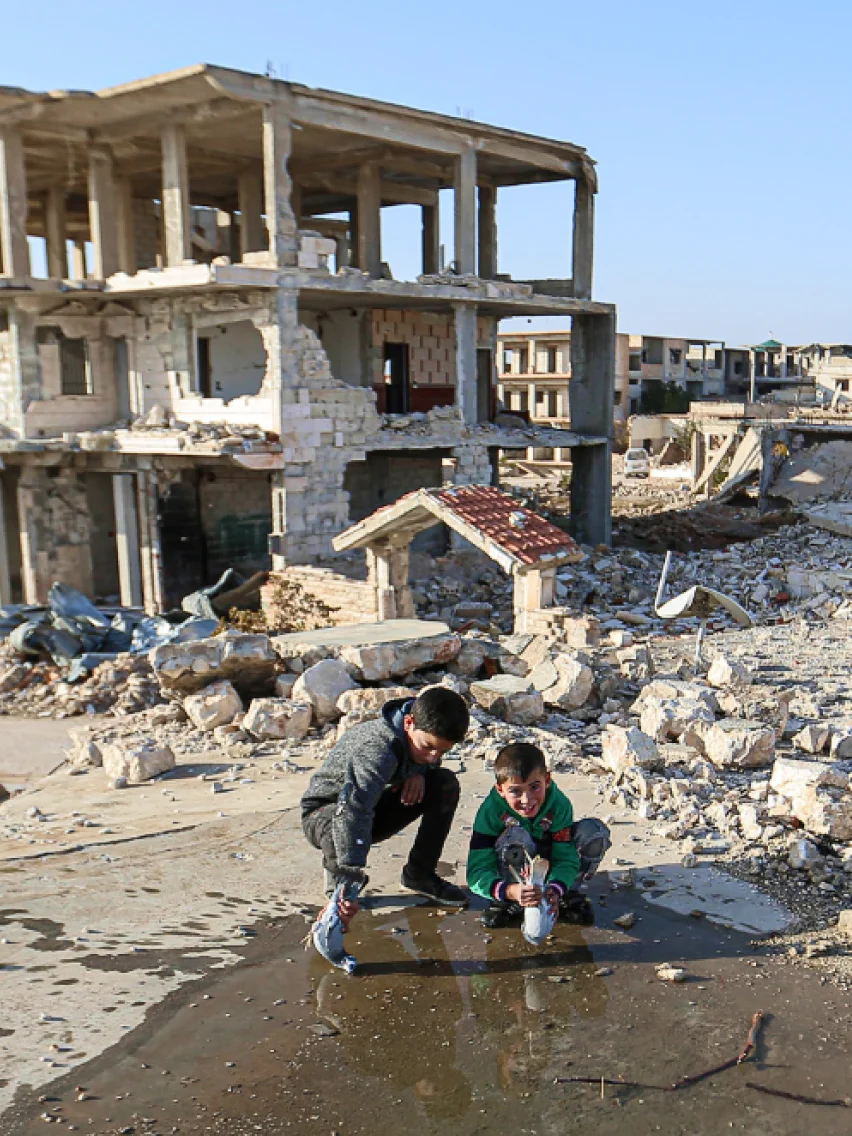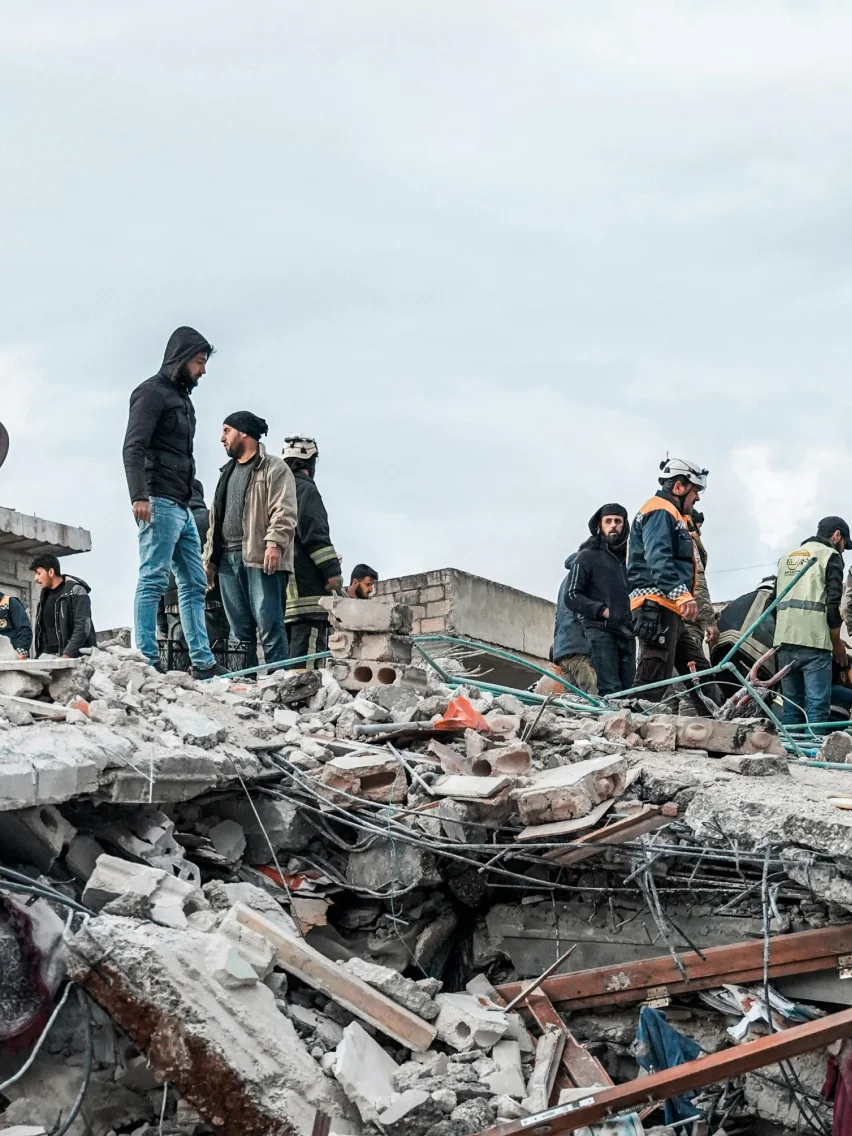As the world almost collectively shut down trying to contain the rapid spread of Covid-19, the worldwide economy faced serious hardships. Lockdowns and a rapid plummet in demand for goods in most sectors put a strain not only on businesses but on global society, and sadly, as in most crises, the most vulnerable were affected the worst. We know the fashion industry was not exempt. Recent surges of unemployment and unpredictable futures, as well as the halted need for new clothes (why buy clothes when you have nowhere to go?), have dramatically decreased sales. As a consequence, many employed in fashion have struggled with unemployment and/or inadequate working conditions. Fast fashion, with a model reliant on a high volume of sales, has faced particular hardships. In a world that doesn’t look set to rid itself of COVID-19 anytime soon – what were the flaws the pandemic exposed? And, perhaps more pressingly, what does the future hold for such a troubled industry?
The struggle for garment workers
Factories producing fast fashion have faced struggles during the pandemic because of the problematic systems already in place across much of the industry. Often, suppliers are only paid weeks or months after delivery by the brands, as opposed to upon order. This means that the suppliers usually pay for the materials required to produce clothing up front – and out of their own pockets. With many fast-fashion retailers having had to suddenly cancel orders and stop payments, production factories have been lumbered with vast backlogs of clothing (Fashion Revolution). As a result, many factories have closed, leaving their employees without a steady income in the middle of a pandemic. This is particularly problematic in South Asian countries, where often, labour rights are non-existent or are not being enforced properly. In March, about 10% of factories in Myanmar had to shut down, leaving their workers without pay. In Cambodia, although employers have the legal obligation to pay their suspended workers 40% of the monthly minimum wage, many workers have been laid off without pay according to local campaigners (The Guardian). A multitude of garment workers already struggling with their livelihood on regular pay have been forced into debt with little chance of reemployment – or compensation.
Although those garment workers still employed might consider themselves lucky to even have a job, their situation is attached to just as many problems and risks, as factories in Bangladesh show. Although the country went into lockdown, the garment industry was made an exemption. Due to limited space and cramped working environments in factories, the government-mandated social distancing and raised hygiene standards are difficult to enforce and consequently ignored by many employers. Many garment workers are scared of infection but have no choice but to work in those inadequate conditions, due to fear of unemployment (BBC).
With a world that doesn’t look set to fix its fashion addiction any time soon, and the prospect of a second lockdown ever looming, finding feasible solutions that protect garment workers is a significant concern.
Retailers under public pressure
Leading fast-fashion brands like H&M, Zara, and more have been publicly accused of not taking financial and social responsibility for workers in their supply chains. According to a survey by Pennsylvania State University’s Center for Global Workers’ Rights, most Western buyers of garments made in Bangladesh refused to contribute to worker payment after factories began struggling (NYT). After being put under public pressure, H&M, as well as Inditex (which owns Zara), PHC (Calvin Klein and Tommy Hilfiger), and Marks & Spencer promised to pay their suppliers for the orders that had already been produced. Sadly, many other fashion brands – including those considered ‘luxury’ – are a long way from following suit with similar commitments (NYT). With campaigns like the #PayUp movement gaining traction every day – will brands be backed into a corner?
Final Perspective
Once again, the shaky foundations of exploitative fast-fashion have been revealed. It is now the duty of governments around the world, fast-fashion retailers, as well as consumers to work towards bettering the industry’s labour environment. Although a drop-in demand for fast fashion is desirable, in reality, a sudden and unexpected plummet of sales does more harm than good. Unfortunately, reversing the exploitative structure of fast fashion takes time and has to be worked on strategically – with due consideration being given to the many hundreds of thousands employed within it.
Sources:

 20.03.24
20.03.24
 14.03.24
14.03.24
 01.03.24
01.03.24
 09.02.24
09.02.24
